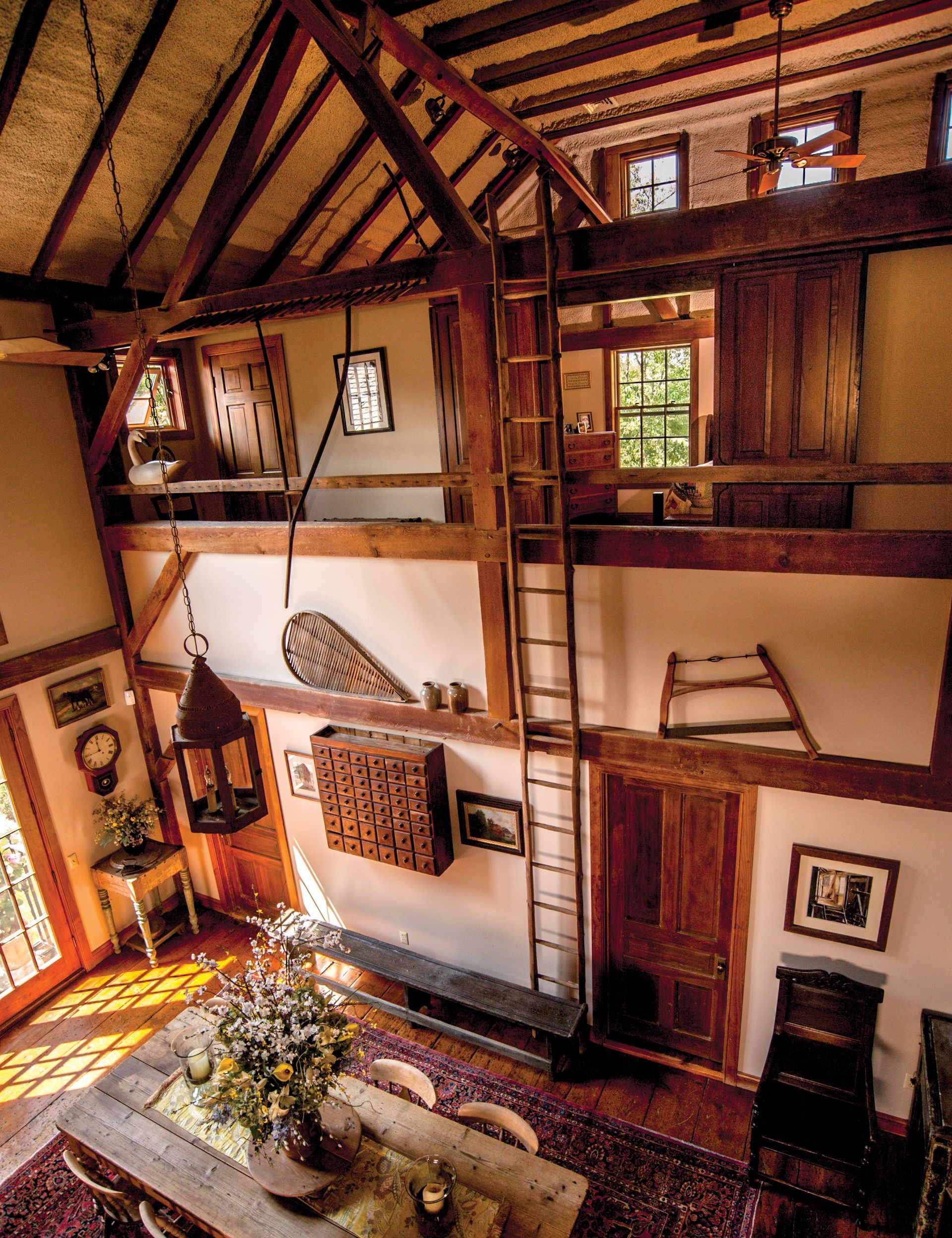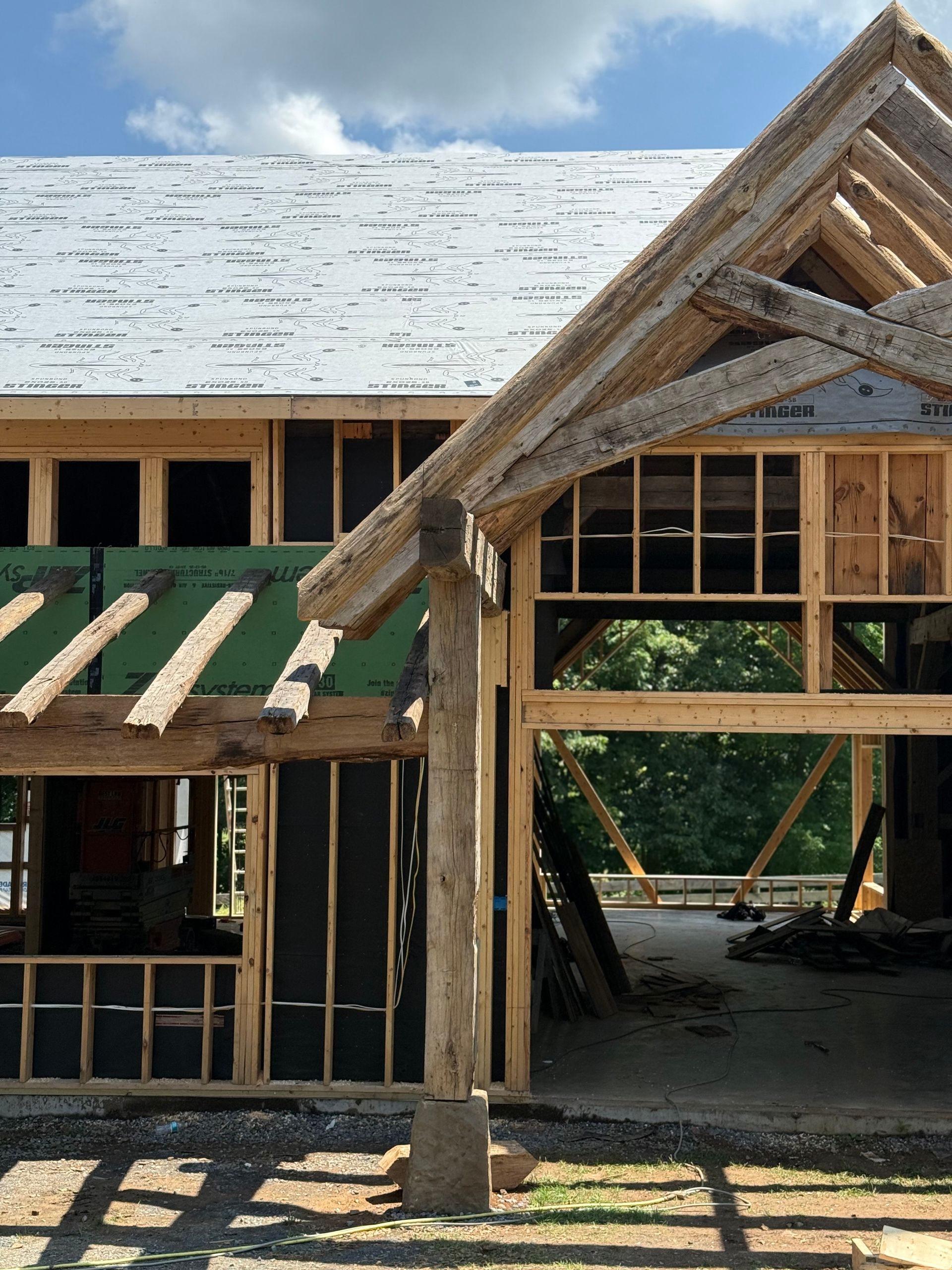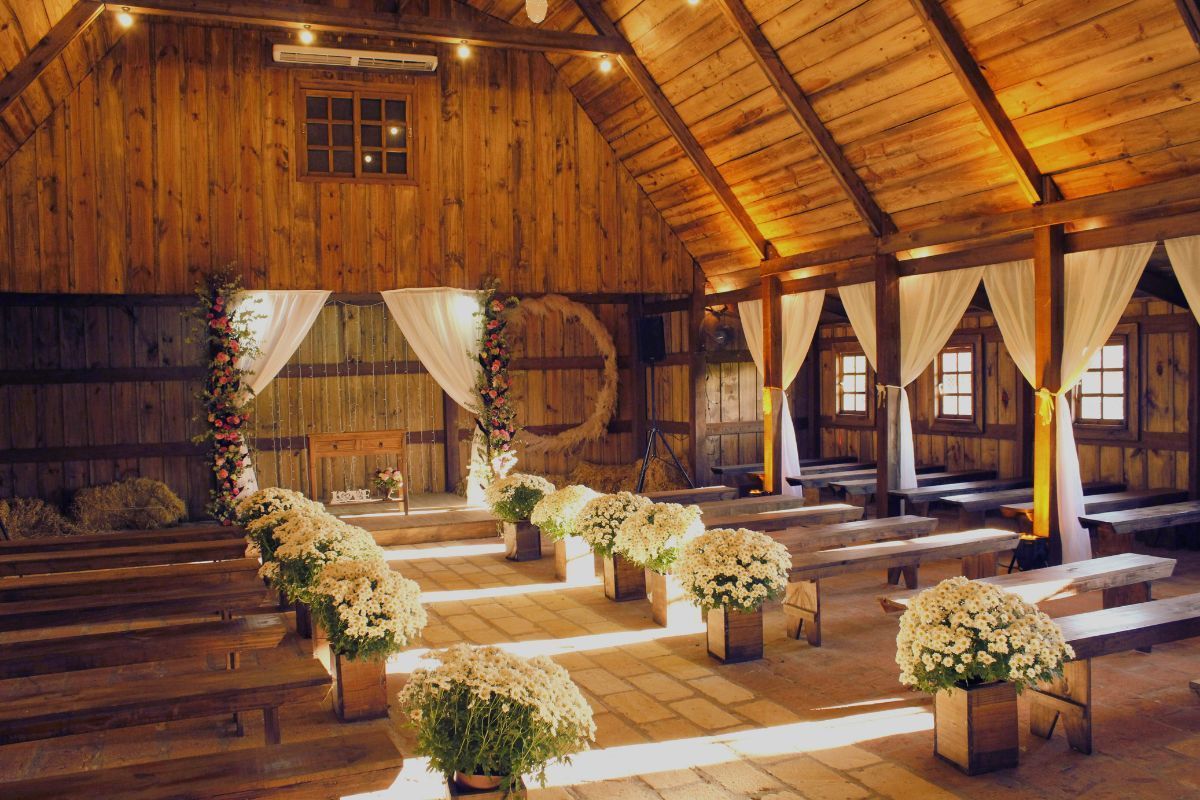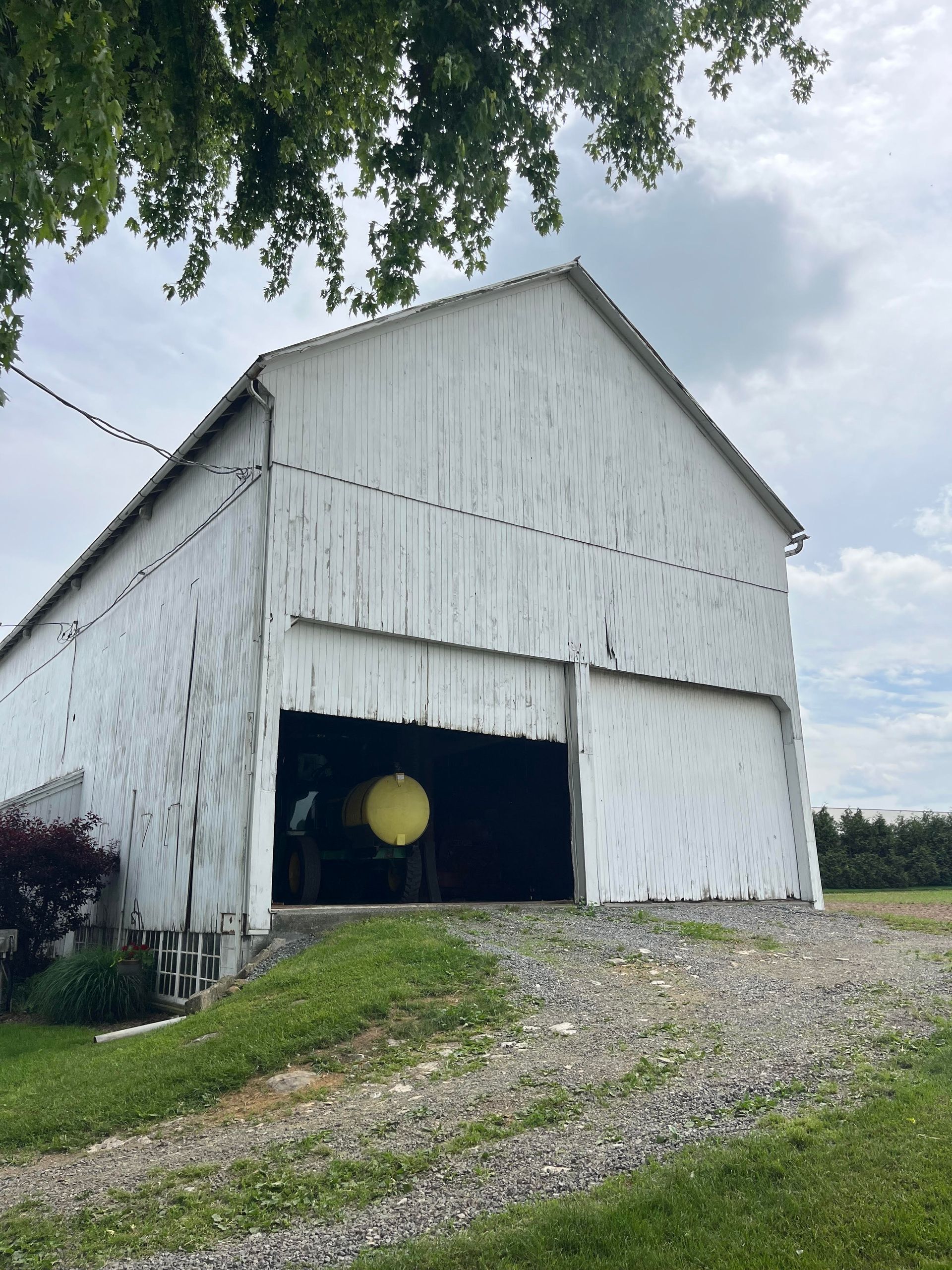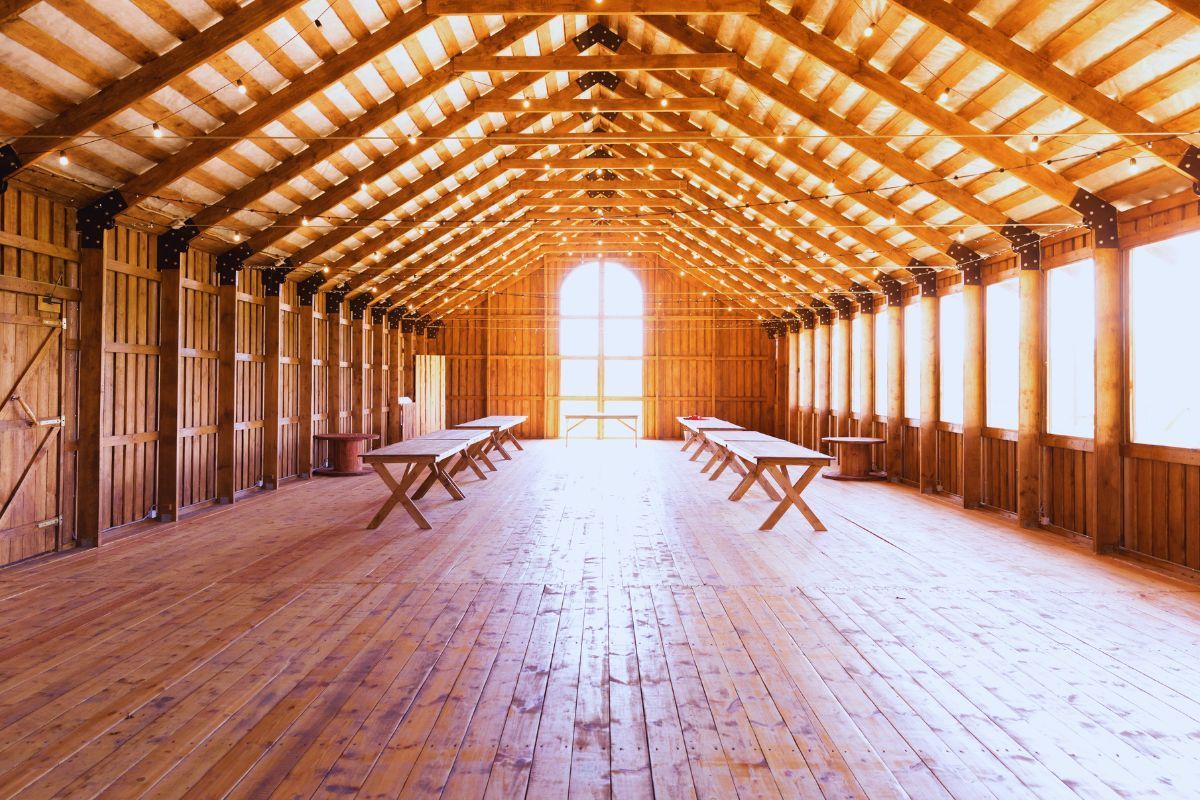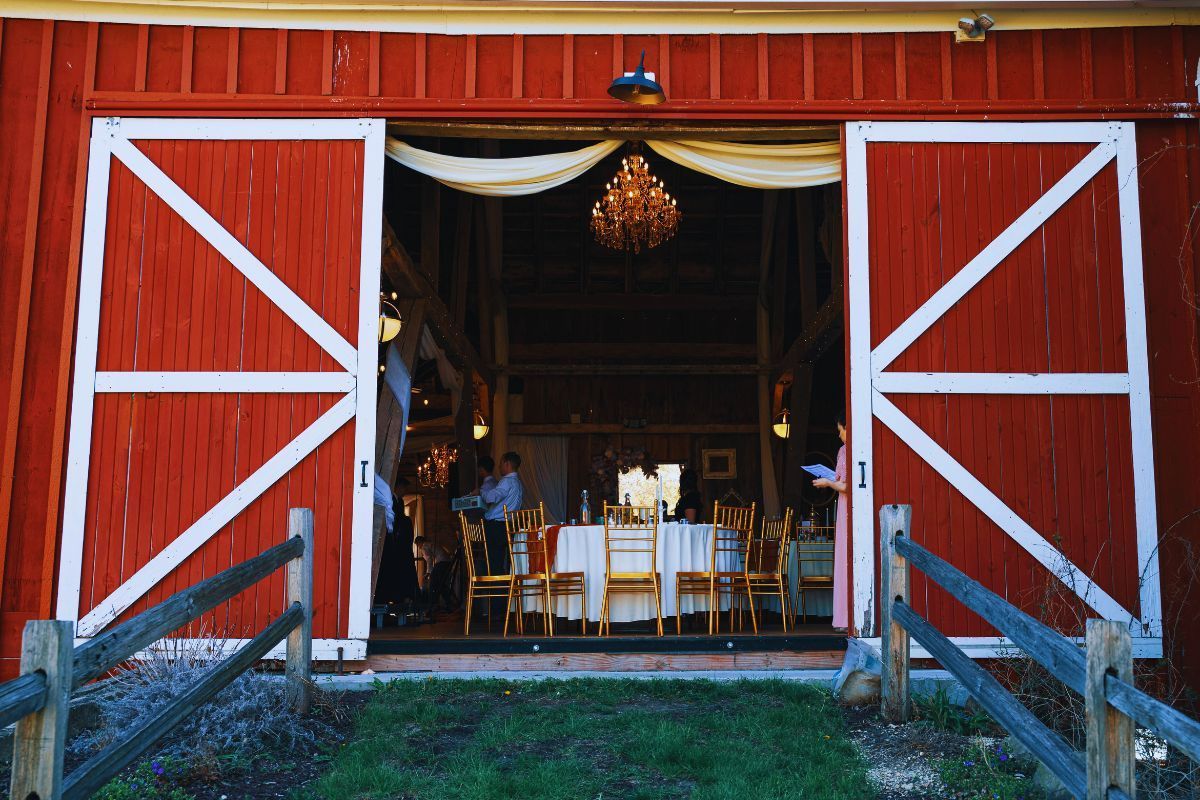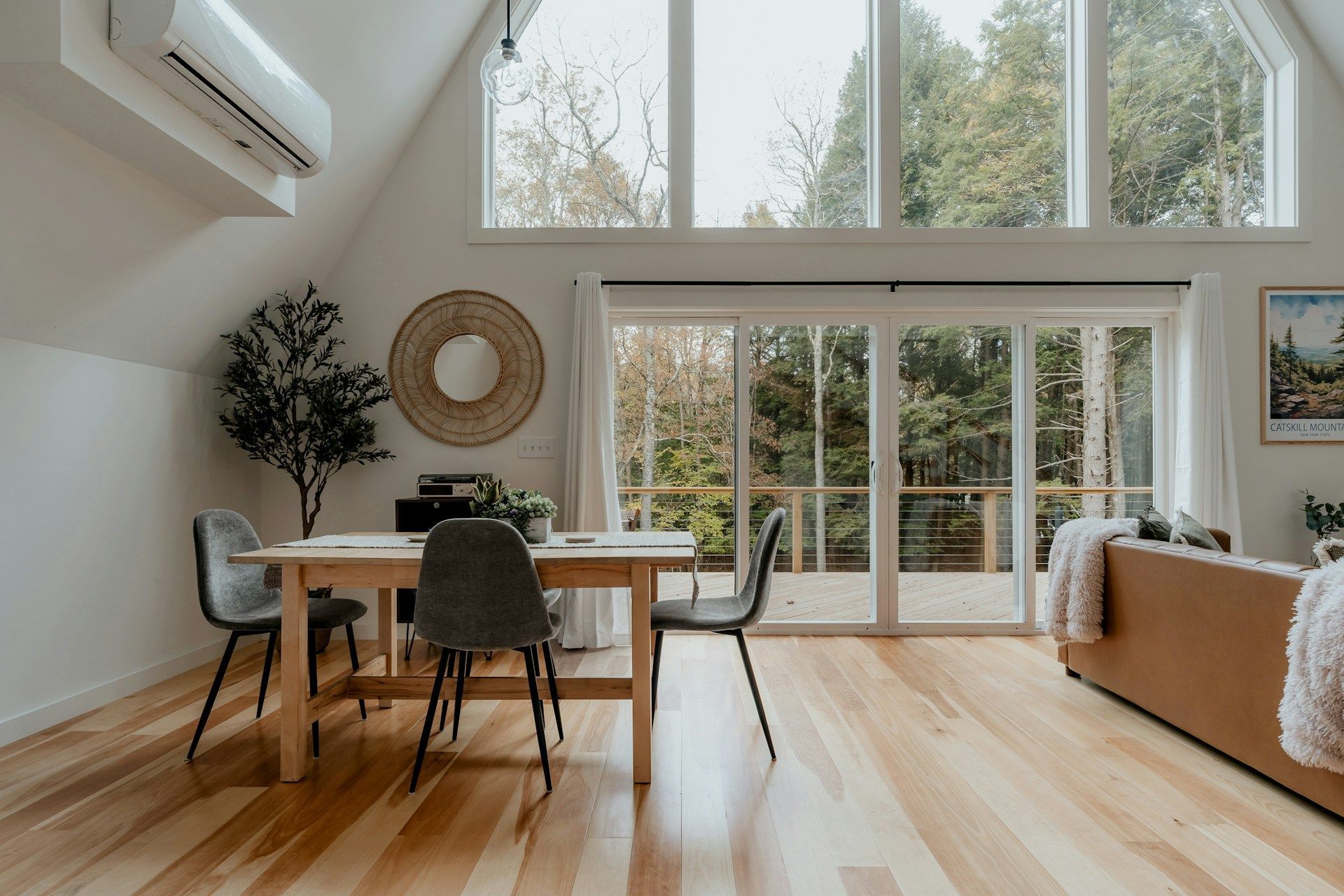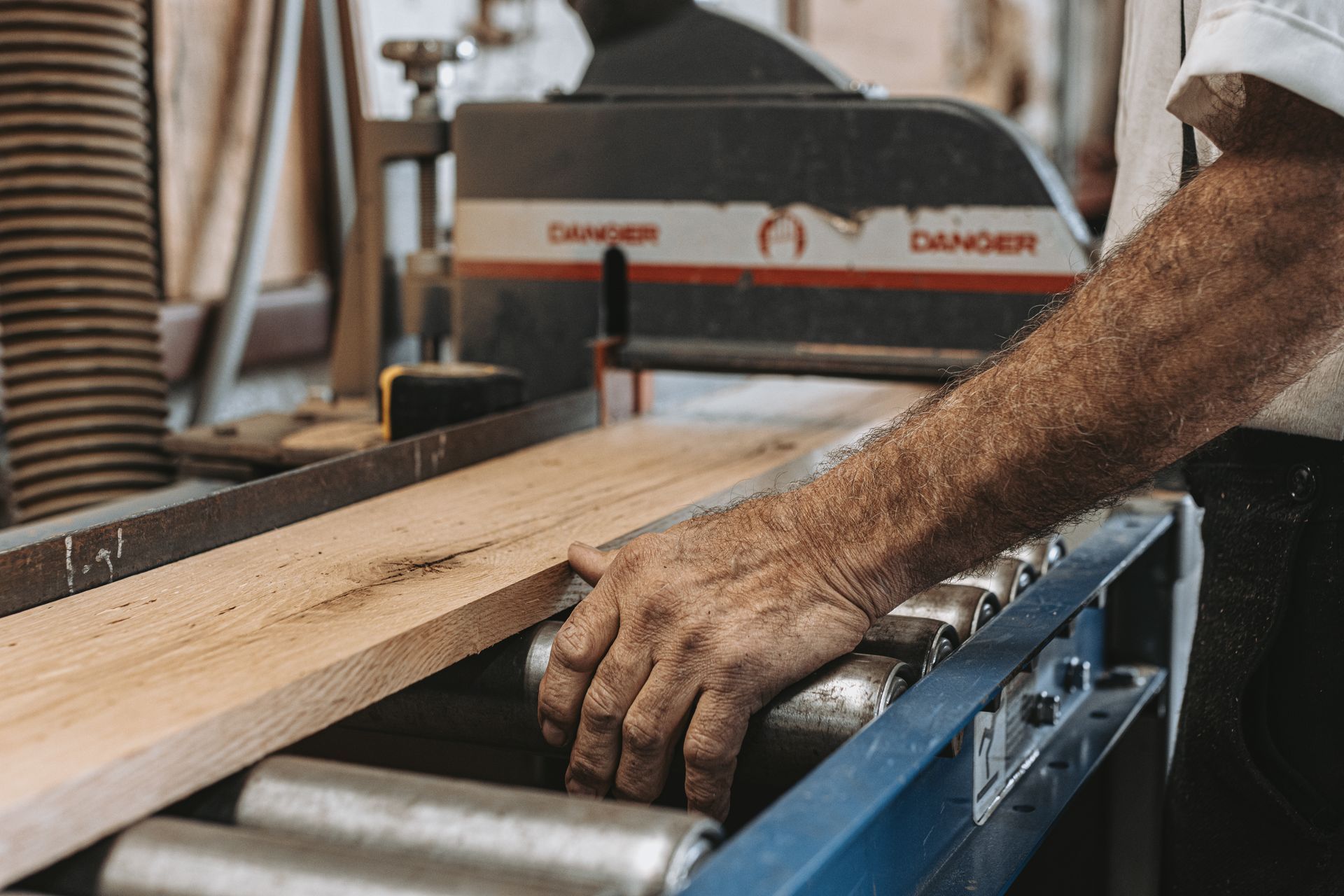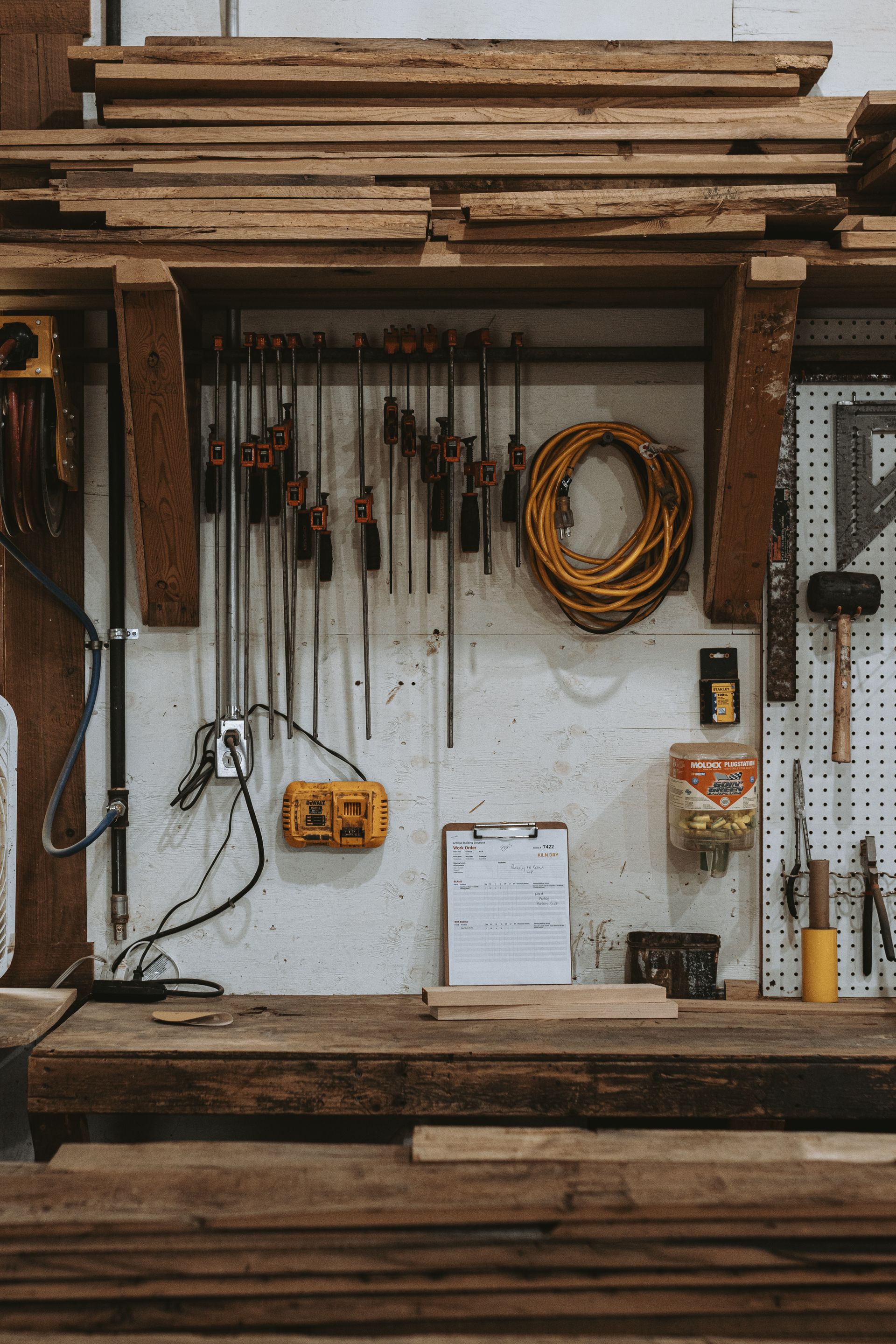Sustainable Building Materials That Don’t Break the Bank
Affordable, Eco-Friendly Building Materials for Budget-Friendly Homes
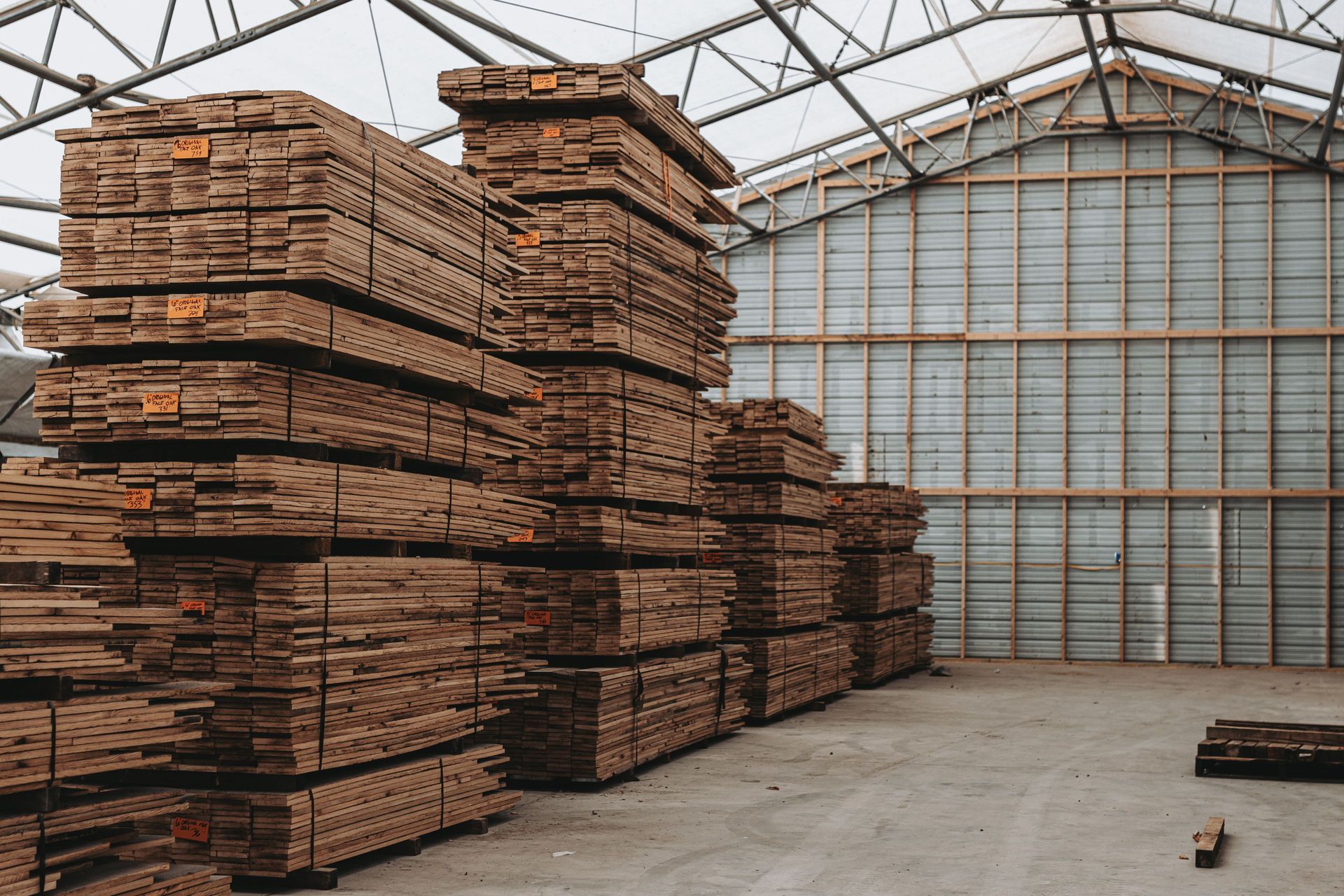
When planning your next building project, the materials you use are more important than you might realize. Sustainable building materials, once a niche choice, are now becoming a top priority for many homeowners, builders, and architects.
But why are these eco-friendly options worth the higher upfront costs? Let's explore why investing in them pays off in so many ways.
What Are Sustainable Building Materials?
Before we get into the benefits, it helps to understand what makes a material "sustainable." These materials usually meet one or more of the following criteria:
- Made from renewable or recycled resources
- Require less energy to produce than regular materials
- Create minimal waste during production
- Free from toxic chemicals or harmful substances
- Last longer than traditional options
- Can be reused or recycled when no longer needed
Examples of sustainable materials include reclaimed wood, bamboo, cork, recycled metal or glass, hempcrete, and natural insulation like wool or cellulose.
Financial Benefits of Sustainable Materials
Sustainable materials often cost more upfront, but they can save you money in the long run. Here's how:
Lower Energy Costs
Many sustainable materials improve insulation, helping to keep your building warm in winter and cool in summer. For example, reclaimed wood from older trees is often denser than modern wood, which means it holds heat better. This can lower your heating and cooling costs year after year.
Longer Lifespan
Sustainable materials are often more durable than standard ones. For instance, old timber frames have stood the test of time, lasting decades or even centuries. Properly maintained, they can continue to last for generations, which reduces repair and replacement costs in the future.
Boosted Property Value
Homes built with sustainable materials often sell for more because buyers are looking for eco-friendly features. These materials can also add unique character and charm to your home, making it even more desirable.
Environmental Benefits
Using sustainable materials doesn’t just save money; it helps the planet too.
Lower Carbon Footprint
Reclaimed materials, like old wood or steel, reduce the emissions that come from making new products. For example, using wood that’s already been harvested prevents the need for cutting down new trees and keeps carbon stored in the wood out of the atmosphere.
Saving Resources
When you choose materials that are recycled or reused, you help preserve natural resources like forests and minerals. This means less strain on the environment.
Less Waste
Construction projects can generate a lot of waste. Sustainable materials help reduce waste by recycling what’s already available and keeping it out of landfills.
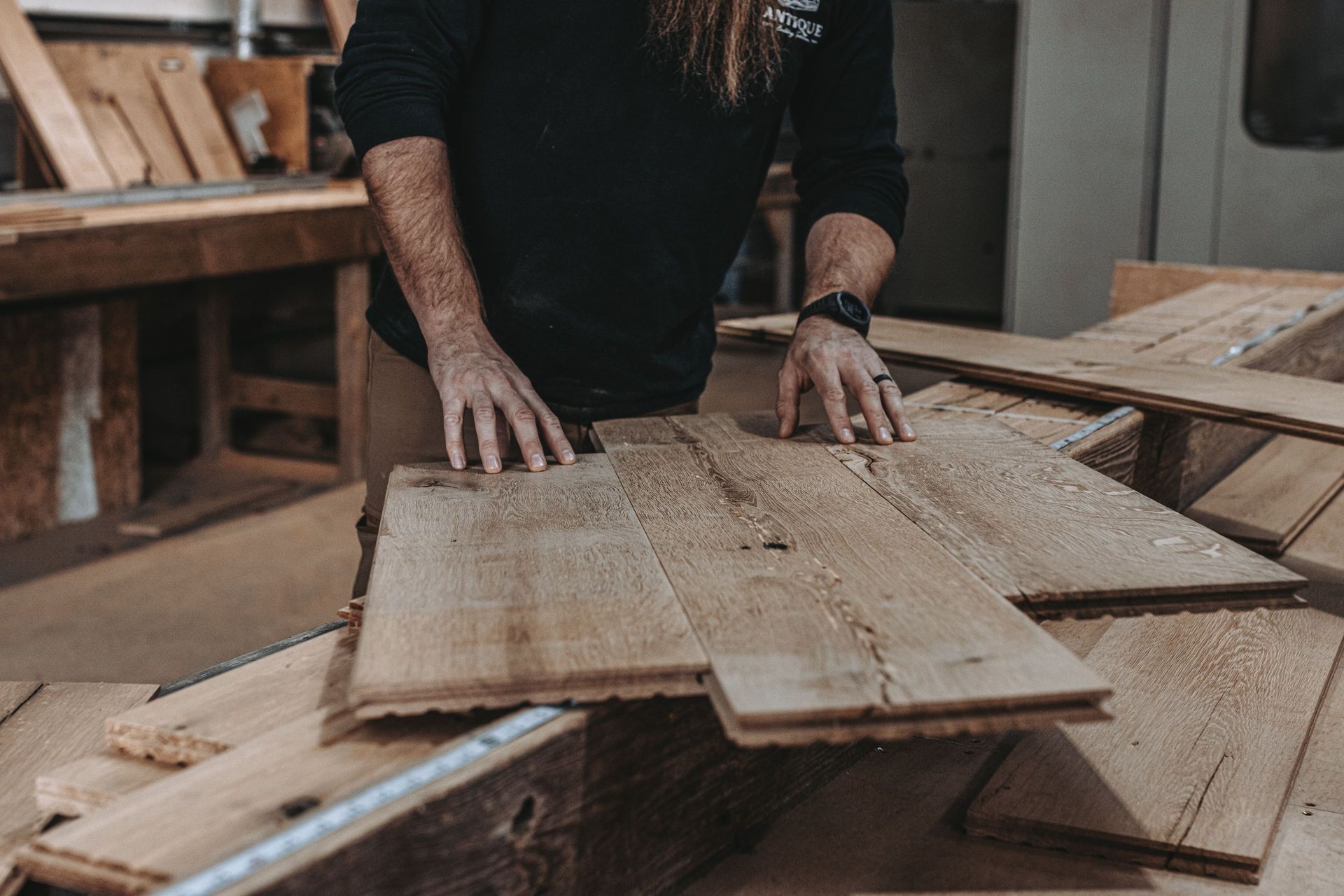
Health Benefits
Sustainable materials aren’t just better for the planet; they’re better for your health, too.
Cleaner Air Inside
Natural materials like wool or reclaimed wood have fewer harmful chemicals compared to synthetic materials. This leads to better indoor air quality and a healthier home for you and your family.
Natural Comfort
Some sustainable materials, like reclaimed wood, also help regulate humidity and temperature, making your space more comfortable without needing extra heating or cooling systems.
Unique Charm of Reclaimed Materials
One of the best parts of using reclaimed materials is the story they bring to your project.
Timeless Beauty
Reclaimed wood and other historic materials often come with character you can’t find in new products. Think of hand-carved beams, weathered textures, or old joinery. These details make your home stand out.
History in Your Hands
Every piece of reclaimed material has a past. Those marks, grooves, or patinas tell stories of where the material came from and the lives it touched before. Adding these elements to your home creates a connection to the past and makes your space unique.
Choosing the Right Materials
Picking the right sustainable materials for your building project is a big deal. Not all materials are the same, and teaming up with experts can help you make the best choice.
At
Bay & Bent, we’re passionate about giving old timber frames a second life. Since 1998, our skilled team has carefully taken apart hundreds of historic structures, many dating back to the late 1700s and mid-1800s. We restore these antique frames with great care and attention to detail, making sure their original character shines through.
Why It’s Worth It
When deciding on sustainable materials, consider these key points:
- Look at long-term savings, not just upfront costs
- Think about your home’s specific needs and goals
- Work with professionals who know sustainable materials well
- Balance the charm of historic materials with modern performance
Choosing sustainable building materials is about more than cost. It’s about building something lasting, beautiful, and responsible. Whether you’re creating a new structure or breathing new life into an old one, sustainable materials can make your project better for you, the environment, and generations to come.
By making this choice, you’re not just creating a building; you’re creating a legacy.
